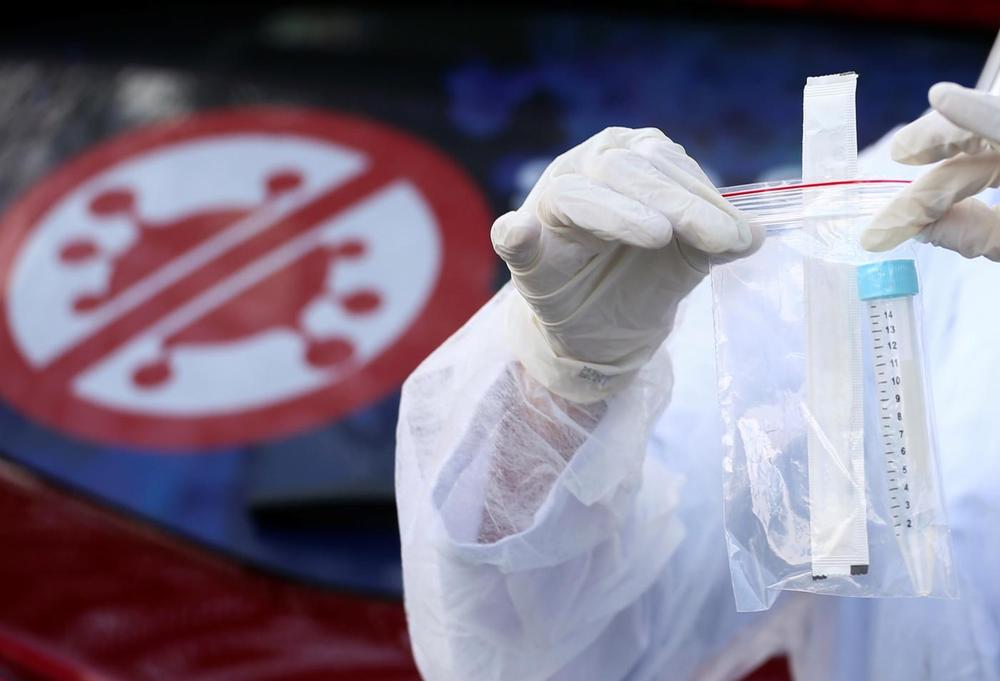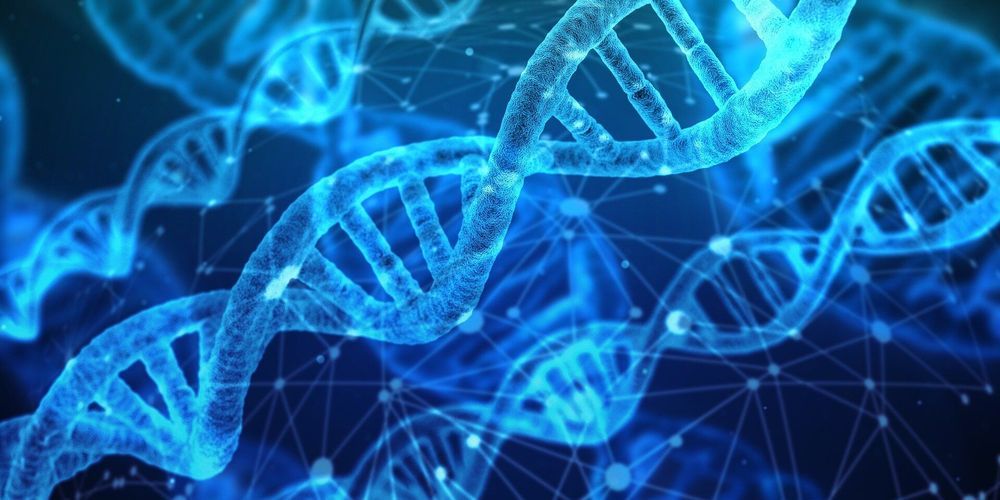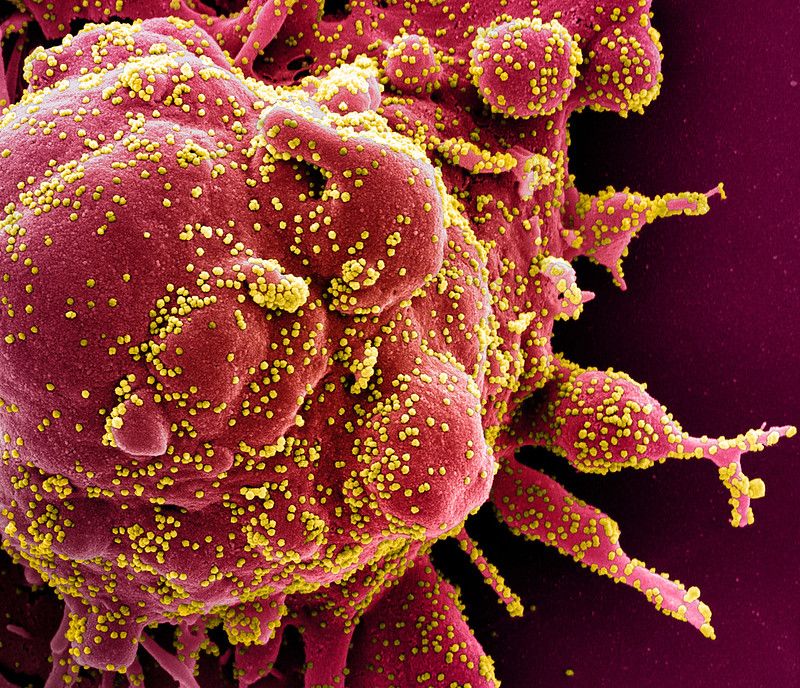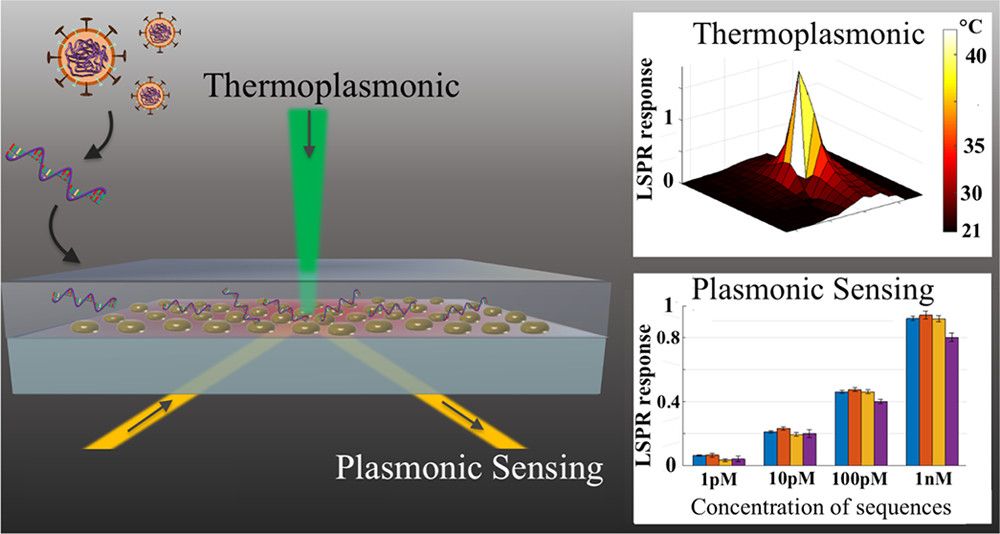Don’t assume they were reinfected.



WASHINGTON — The Space Enterprise Consortium — an organization created in 2017 to attract space companies to work on military contracts — is canvassing firms to gauge the impact of the coronavirus pandemic on businesses.
The consortium known as SpEC is run by the U.S. Space Force’s Space and Missile Systems Center in Los Angeles. It has more than 350 member companies, many of them space startups and small businesses.
In an April 15 email the consortium asked members to identify those that have fewer than 50 employees.

As our body’s largest and most prominent organ, the skin also provides one of our most fundamental connections to the world around us. From the moment we’re born, it is intimately involved in every physical interaction we have.
Though scientists have studied the sense of touch, or haptics, for more than a century, many aspects of how it works remain a mystery.
“The sense of touch is not fully understood, even though it is at the heart of our ability to interact with the world,” said UC Santa Barbara haptics researcher Yon Visell. “Anything we do with our hands—picking up a glass, signing our name or finding keys in our bag—none of that is possible without the sense of touch. Yet we don’t fully understand the nature of the sensations captured by the skin or how they are processed in order to enable perception and action.”

John Horton Conway, a legendary mathematician who stood out for his love of games and for bringing mathematics to the masses, died on Saturday, April 11, in New Brunswick, New Jersey, from complications related to COVID-19. He was 82.
Known for his unbounded curiosity and enthusiasm for subjects far beyond mathematics, Conway was a beloved figure in the hallways of Princeton’s mathematics building and at the Small World coffee shop on Nassau Street, where he engaged with students, faculty and mathematical hobbyists with equal interest.
Conway, who joined the faculty in 1987, was the John von Neumann Professor in Applied and Computational Mathematics and a professor of mathematics until 2013 when he transferred to emeritus status.
How and when will this pandemic end? We asked a virologist: https://bit.ly/3afDiMy from World Economic Forum P.S., Many people predict that life will be permanently changed after COVID-19 pandemic. Some new things will become the norm, such as remote working, #telemedicine, the increase of #automation, online education, and so on (e.g., https://bit.ly/2z6qF9I). Our opinion is that “whether the above things become permanent depends on how the pandemic ends.” If the virus becomes seasonal, as predicted by the virologist in the interview, then our lives may gradually shift towards these new practices (i.e., working remotely, seeing doctor remotely, and learning online, etc.). However, if the virus disappears abruptly, just like the 1918 Spanish flu (https://bit.ly/3bdJKop), our lives may slowly go back to what we used to know before the COVID-19 crisis.
We spoke to Belgian virologist Guido Vanham, the former head of virology at the Institute for Tropical Medicine in Antwerp, Belgium, and asked him: how will this pandemic end? And on which factors might that depend?
NOTE FROM TED: Please do not look to this talk for medical advice. This talk only represents the speaker’s personal views and understanding of aging which remains an emerging field of study. We’ve flagged this talk because it falls outside the content guidelines TED gives TEDx organizers. TEDx events are independently organized by volunteers. The guidelines we give TEDx organizers are described in more detail here: http://storage.ted.com/tedx/manuals/tedx_content_guidelines.pdf
Could we reverse epigenetic aging by re-growing the thymus? In the future, will it be possible to extend our lives or increase our longevity? Dr. Greg Fahy is a low-temperature biologist and investigator of aging intervention in humans. His first clinical trial, intended to reverse immune system aging, provided evidence that aging could be reversed in humans. Dr. Greg Fahy is a low-temperature biologist and investigator of aging intervention in humans. His first clinical trial, intended to reverse immune system aging, provided the first evidence that global aging can be reversed in humans. This talk was given at a TEDx event using the TED conference format but independently organized by a local community.



Test Coronavirus in minutes:
The ongoing outbreak of the novel coronavirus disease (COVID-19) has spread globally and poses a threat to public health in more than 200 countries. Reliable laboratory diagnosis of the disease has been one of the foremost priorities for promoting public health interventions. The routinely used reverse transcription polymerase chain reaction (RT-PCR) is currently the reference method for COVID-19 diagnosis. However, it also reported a number of false-positive or –negative cases, especially in the early stages of the novel virus outbreak. In this work, a dual-functional plasmonic biosensor combining the plasmonic photothermal (PPT) effect and localized surface plasmon resonance (LSPR) sensing transduction provides an alternative and promising solution for the clinical COVID-19 diagnosis. The two-dimensional gold nanoislands (AuNIs) functionalized with complementary DNA receptors can perform a sensitive detection of the selected sequences from severe acute respiratory syndrome coronavirus 2 (SARS-CoV-2) through nucleic acid hybridization. For better sensing performance, the thermoplasmonic heat is generated on the same AuNIs chip when illuminated at their plasmonic resonance frequency. The localized PPT heat is capable to elevate the in situ hybridization temperature and facilitate the accurate discrimination of two similar gene sequences. Our dual-functional LSPR biosensor exhibits a high sensitivity toward the selected SARS-CoV-2 sequences with a lower detection limit down to the concentration of 0.22 pM and allows precise detection of the specific target in a multigene mixture. This study gains insight into the thermoplasmonic enhancement and its applicability in the nucleic acid tests and viral disease diagnosis.
Article Views are the COUNTER-compliant sum of full text article downloads since November 2008 (both PDF and HTML) across all institutions and individuals. These metrics are regularly updated to reflect usage leading up to the last few days.
Citations are the number of other articles citing this article, calculated by Crossref and updated daily. Find more information about Crossref citation counts.
The Altmetric Attention Score is a quantitative measure of the attention that a research article has received online. Clicking on the donut icon will load a page at altmetric.com with additional details about the score and the social media presence for the given article. Find more information on the Altmetric Attention Score and how the score is calculated.
